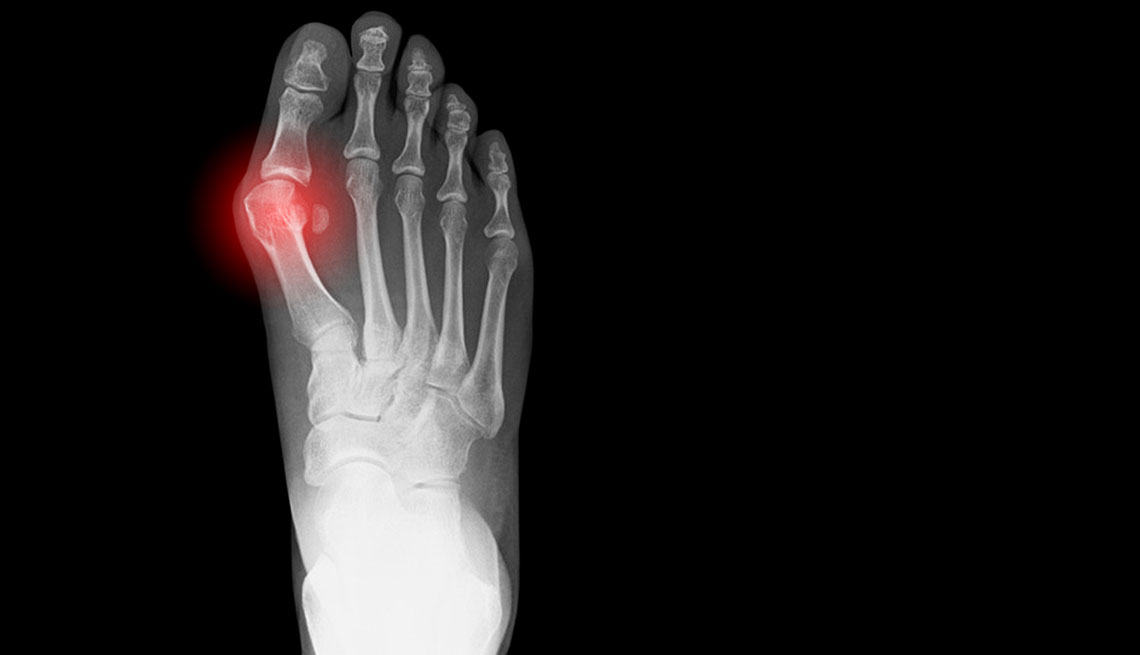Play all audios:
WHAT ARE THE TYPES OF SURGERIES? When it comes to bunion surgery, options run the gamut, so expect a “custom-tailored” approach, says Rebecca Cerrato, M.D., who directs the fellowship
program at The Institute for Foot and Ankle Reconstruction at Mercy Medical Center in Baltimore. Your doctor will snap X-rays of your foot and take into consideration your lifestyle and
other factors to determine the best procedure for each individual patient. “There’s not one bunion or bunion surgery,” Cerrato says. Even with the different variations out there, AAOS says
most bunion surgeries tackle the same thing: They correct the alignment of the big-toe bone and repair the surrounding soft tissues. Here are three basic approaches: • EXOSTECTOMY: During
this procedure, the surgeon removes (shaves off) the bump from the big toe. This, however, does not fix the root cause of the bunion, so it’s usually done in combination with another
procedure that repositions the big toe. Exostectomies, alone, are done infrequently and usually for very minor bunions. • OSTEOTOMY: The surgeon makes a few small cuts in the bone to realign
the joint and, in some more severe cases, to remove a wedge of bone. Pins, screws or plates hold the newly straight bones together. • ARTHRODESIS: This approach, generally reserved for
people whose bunions are caused by arthritis, involves removing the arthritic parts of the big-toe joint and holding them together with screws, wires or plates while they heal. Some of these
surgeries — typically those involving mild to moderate bunions — can be performed using minimally invasive techniques, which often leads to a “shorter, easier recovery,” explains Jonathan
Kaplan, M.D., of the Hoag Orthopedic Institute in Orange County, California. Active patients tend to make especially good candidates for minimally invasive approaches, says Elizabeth Cody,
M.D., at the Hospital for Special Surgery in Stamford, Connecticut. To determine whether you’re a good candidate for minimally invasive surgery (MIS), Kaplan recommends doing a thorough
physical exam with your surgeon. Patients with poor bone density, or osteoporosis, may not be good candidates for MIS, Cody says, “since the technique and large screws used may place them at
higher risk for fracture and other complications.”

